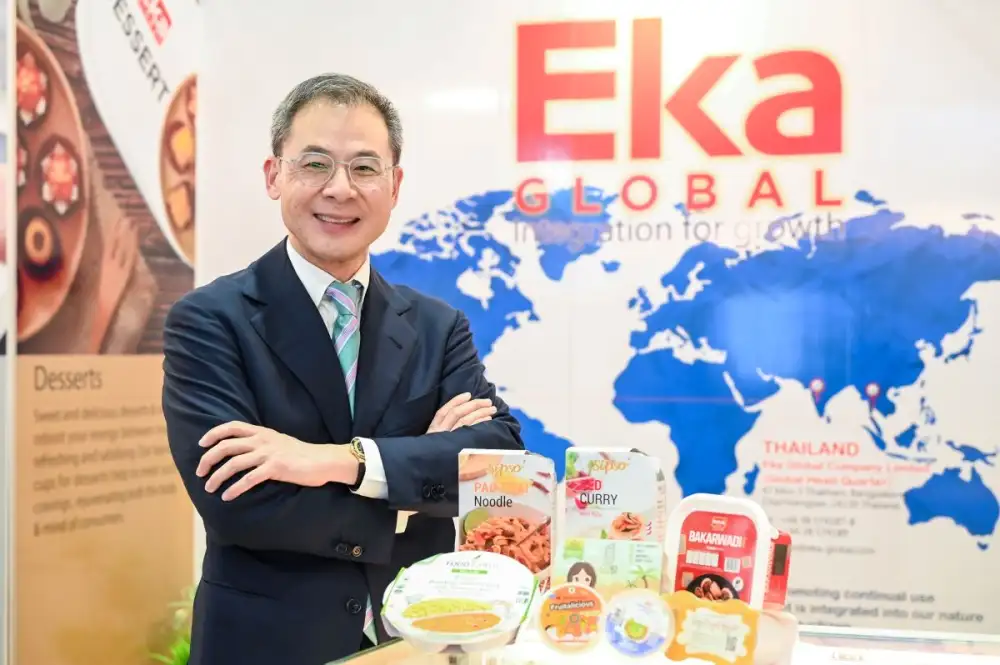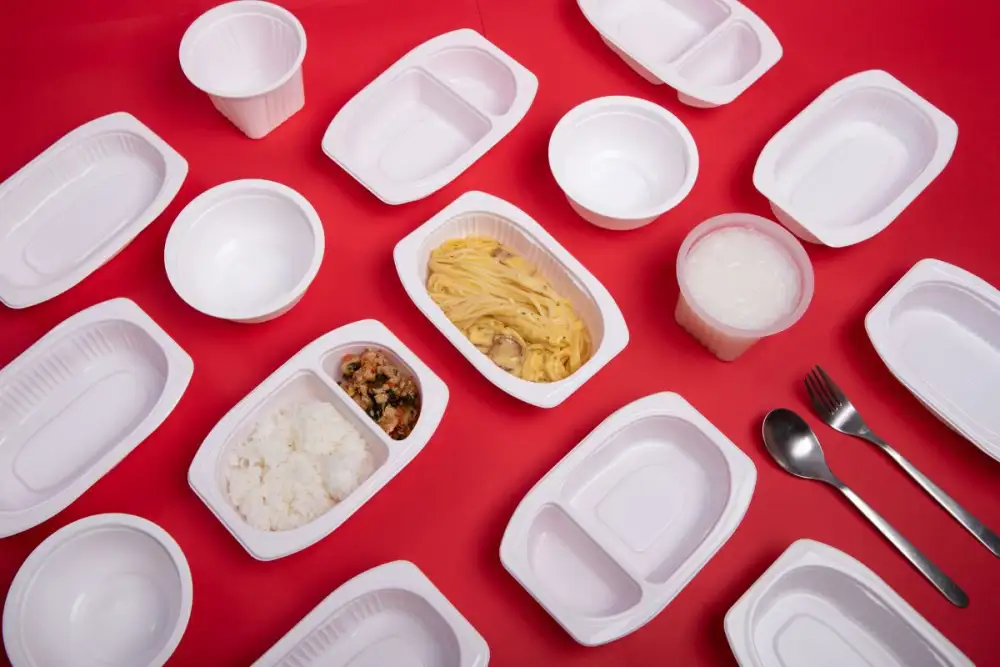
Committed to supporting Thailand's goal of reducing food waste by 50% by 2027, Eka Global, one of the world's leading producers of longevity packaging, is calling on Thai food manufacturers to adopt advanced packaging solutions to prevent food loss and boost the country's sustainability efforts.
Longevity packaging, which helps extend shelf life and reduce spoilage, is rapidly becoming a global trend, with double-digit annual growth. By embracing this innovation, Thai food producers can not only contribute to national sustainability goals but also enhance their competitiveness in international markets.

Chaiwat Nantiruj, Group CEO of Eka Global, emphasized the urgency of addressing food waste in Thailand. According to 2025 data from the Department of Pollution Control, Thailand generates up to 10 million tons of food waste annually accounting for 36% to 39% of total community waste. On average, each Thai citizen contributes approximately 154 kilograms of food waste per year, significantly exceeding the global average.
Thailand has introduced the "Zero Food Waste Plan" and announced that 2025 marks the beginning of its national food waste reduction campaign. The plan aims to reduce food loss and waste by 50% by 2027. This national initiative is in line with the United Nations Sustainable Development Goals (SDGs).
Chaiwat added that preventing food from becoming waste is more effective than managing it at the end of the cycle. He emphasized that the private sector has an important role to play in adopting longevity packaging and advanced technologies such as Modified Atmosphere Packaging (MAP) to create a meaningful impact. Longevity packaging, combined with modern food processing and packaging technologies, can significantly reduce food loss while keeping food and ingredients fresh throughout the entire supply chain from storage and transport to shelf display.
Longevity packaging also enhances food safety by preserving nutritional value, taste, and texture, while preventing contamination. Even a small reduction, just 1-2%, in raw ingredient deterioration can save the food industry hundreds of thousands of baht annually in costs and economic losses.
The longevity packaging trend continues to grow, driven by global sustainability concerns and rising demand for ready-to-eat meals. In this region, innovative food packaging is expected to grow 5-10% annually, with the ready-to-eat segment leading the way.
On the export front, ready-to-eat meals from Thailand are expected to grow above the global average. Recent reports from the Thai Chamber of Commerce, the Federation of Thai Industries, and the Food Institute forecast that Thailand's total food exports will grow by 6.8%, reaching over 1.75 trillion baht.
Krungsri Research forecasts that Thailand's ready-to-eat meal sector will grow by an average of 5-6% annually between 2025 and 2026. This steady growth is driven by shifting consumer behavior, increasing urbanization, fast-paced lifestyles, and rising demand for high-quality, hygienic food with longer shelf life all of which are fueling demand for longevity packaging. However, food producers are advised to closely monitor potential risks related to economic conditions and international trade policies.
"Investing in innovative longevity packaging technology creates a positive impact by supporting both social and environmental sustainability. It not only prevents food from becoming waste but also helps Thailand make real progress toward its national goal of reducing food waste," said Chaiwat